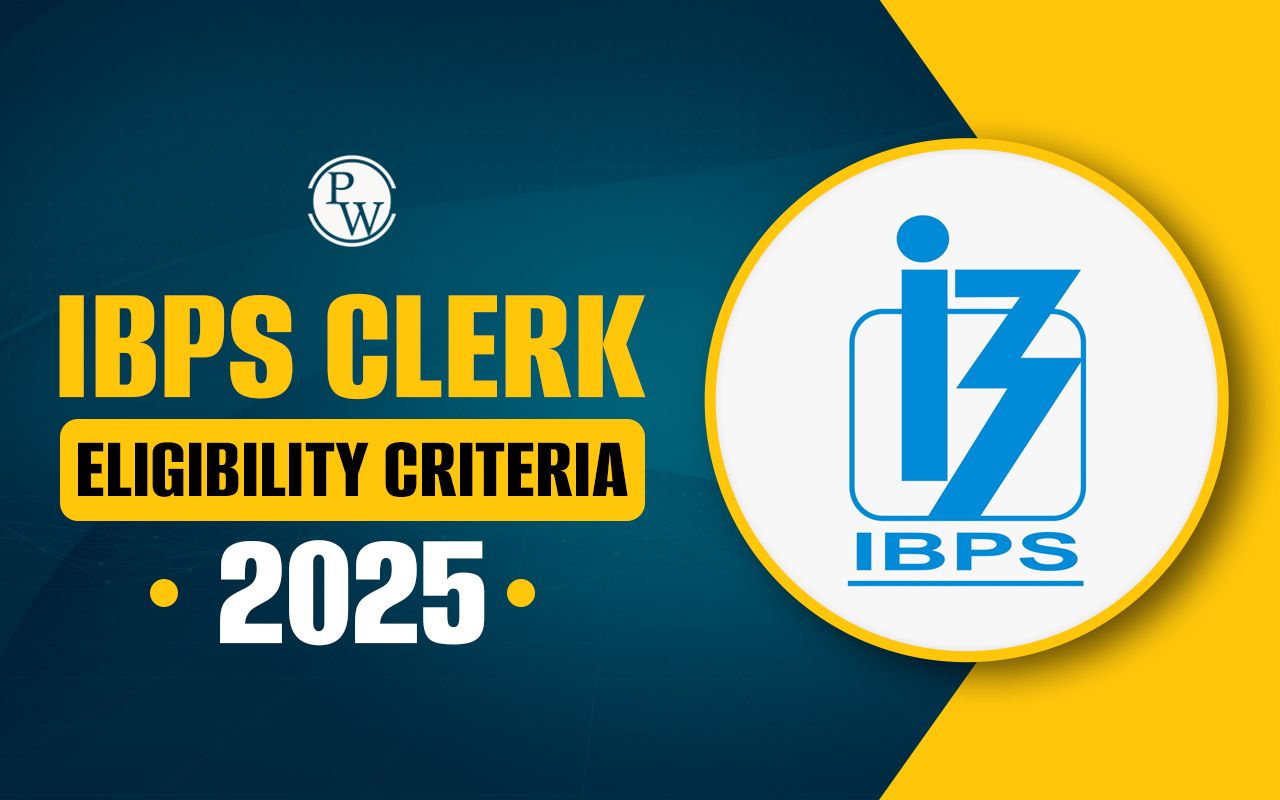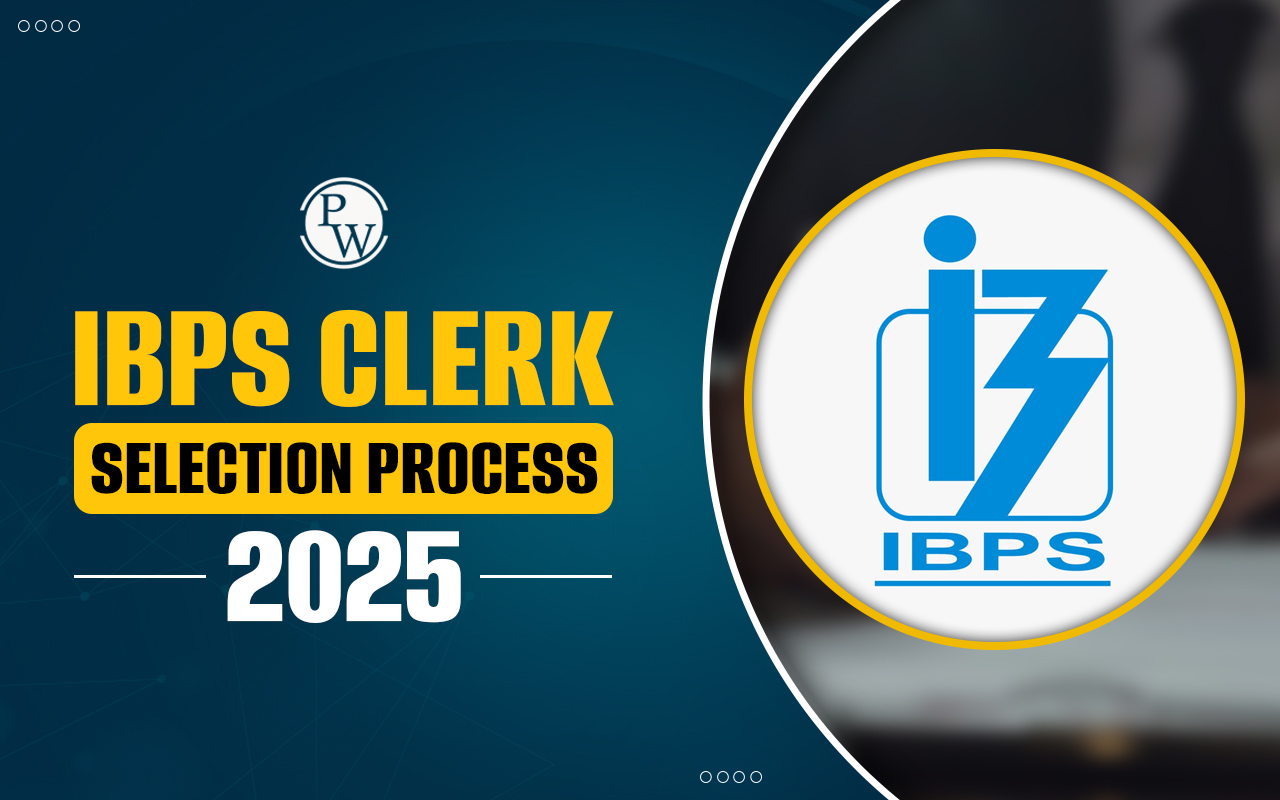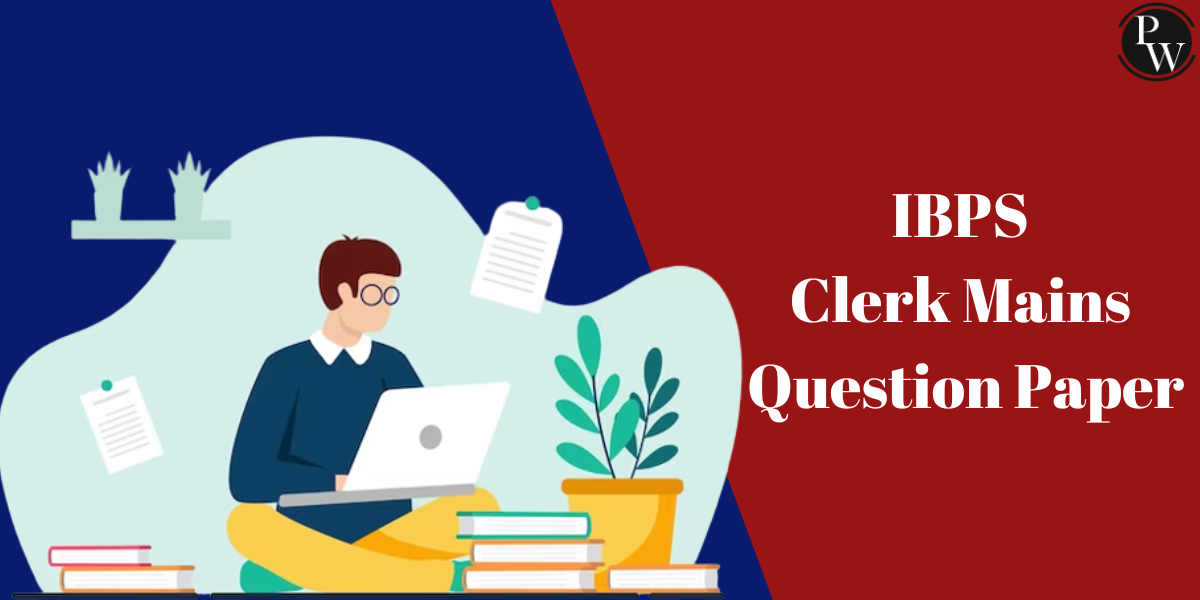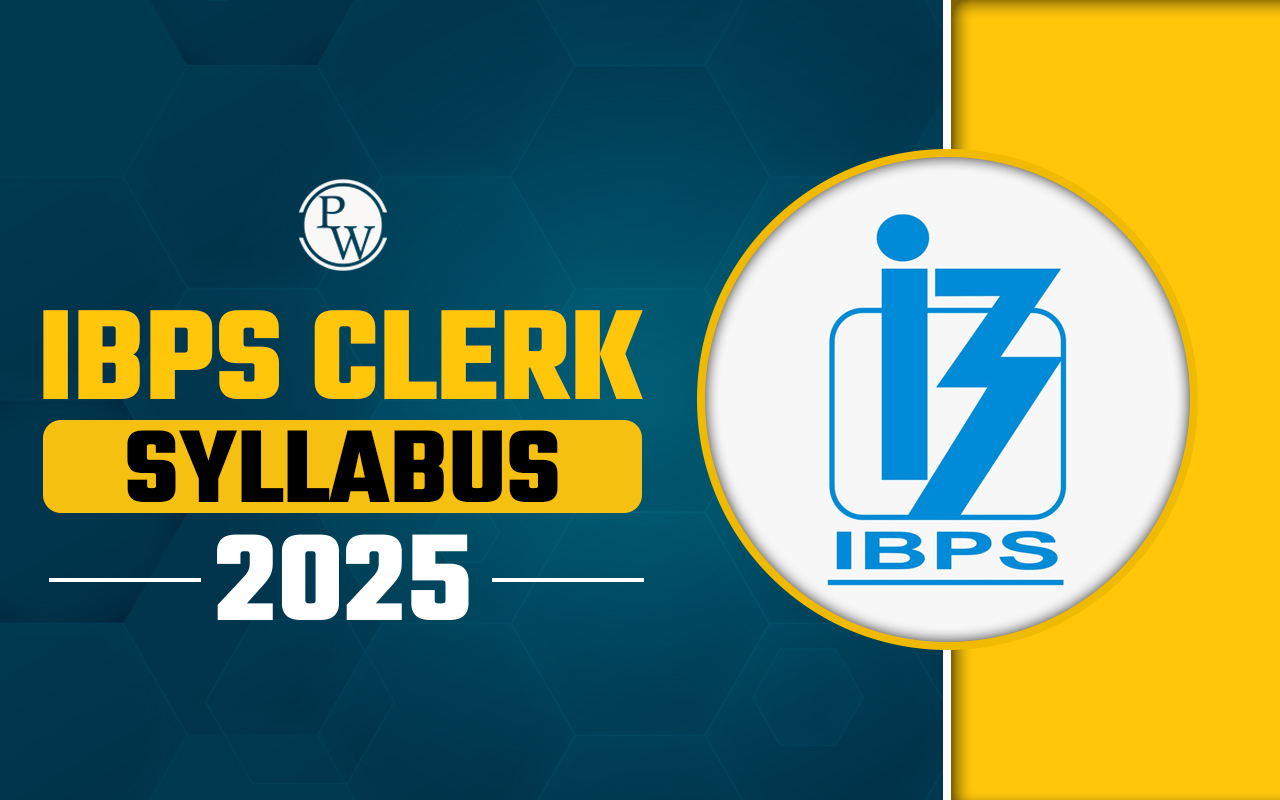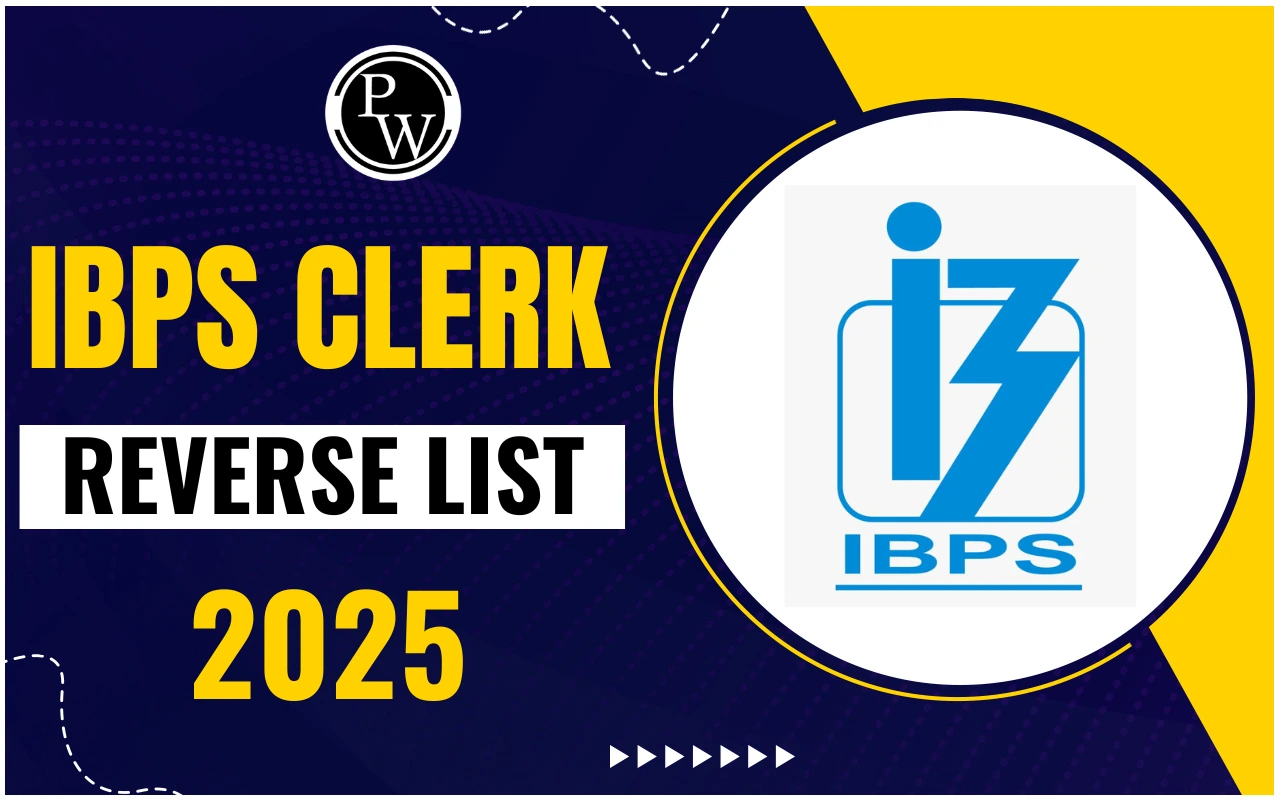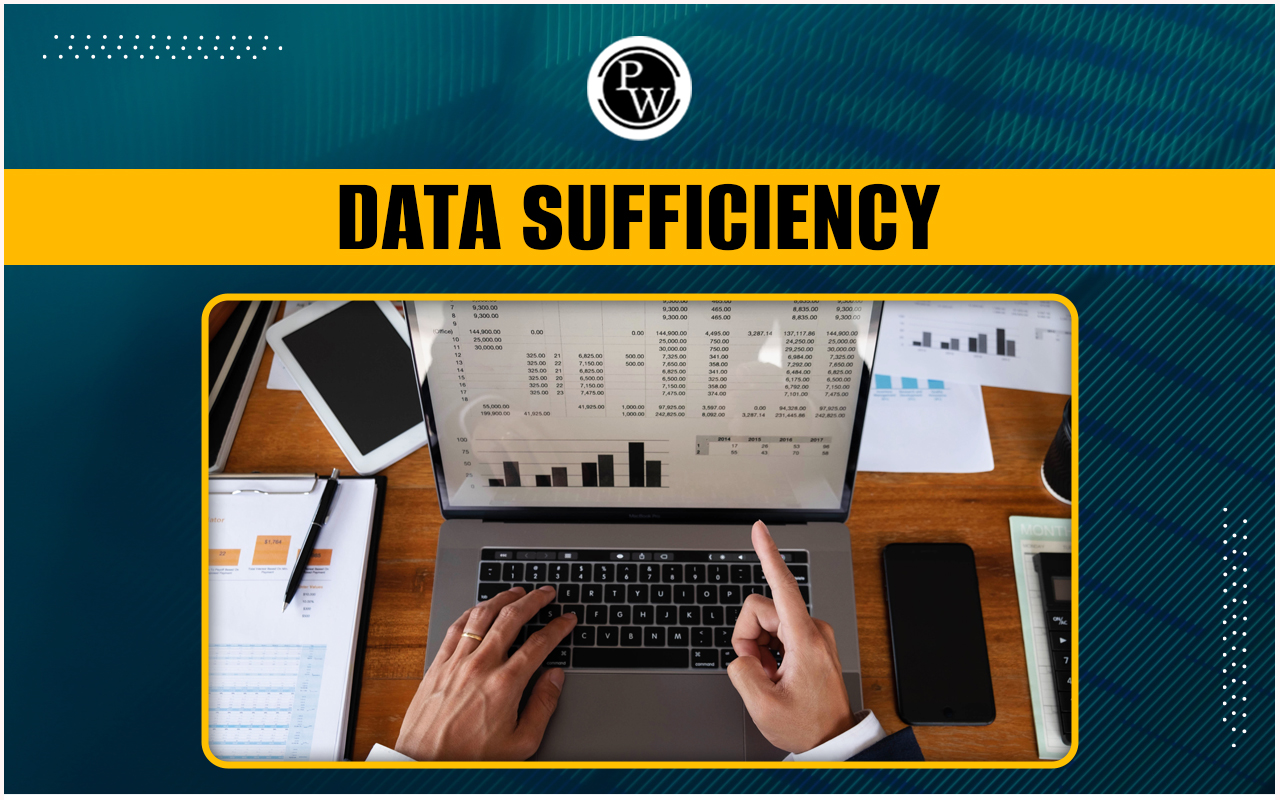
Data Sufficiency: Data Sufficiency questions are designed to assess a candidate’s ability to determine if the provided information is sufficient to answer a question. Here’s a breakdown:
- Purpose : Tests the candidate’s ability to analyze given information and determine its adequacy in solving a problem.
- Scope : Can include problems from reasoning, quantitative aptitude, sequences, ranking, puzzles, coding-decoding, blood relations, etc.
- Structure : Typically consists of a main question followed by two or more statements containing relevant information.
- Task : Candidates must decide which statement(s) provide enough information to answer the question conclusively.
Key Concepts for Data Sufficiency
- Analytical Skills : Evaluate how well a candidate can relate different pieces of information to reach a logical conclusion.
- Reasoning : Includes topics such as sequences, ranking, and puzzles to test logical thinking.
- Quantitative Aptitude : May involve mathematical problems requiring the application of numerical reasoning.
- Variety : Questions can encompass a wide range of topics from reasoning to quantitative challenges.
Steps to Approach Data Sufficiency
- Read the Main Question : Understand what is being asked.
- Evaluate Statements Individually : Check if each statement alone is sufficient to answer the question.
- Combine Statements if Necessary : Determine if combining statements provides the necessary information.
- Make a Decision : Conclude which statement(s) are sufficient to answer the question based on the analysis.
Types of Data Sufficiency
Data Sufficiency questions cover a range of reasoning and analytical topics. Here are the various types:- Blood Relation
- Order & Ranking
- Direction & Distance
- Coding-Decoding
- Seating Arrangement
- Linear Arrangement : People are arranged in one or more rows.
- Circular Arrangement : People are seated around a circular table.
- Floor Puzzle
- Scheduling
Tricks To Solve Data Sufficiency Questions
Here are some essential tips and tricks to effectively solve Data Sufficiency questions in reasoning sections:-
Focus on Sufficiency, Not the Final Answer
- Tip : Concentrate on determining if the provided data is enough to answer the question, rather than solving for the exact answer. This saves time and keeps your focus sharp.
-
Familiarize Yourself with Directions
- Tip : Data Sufficiency questions may seem complex due to their directions. Once you understand these directions, the questions become easier. Avoid making any assumptions.
-
Carefully Read and Analyze
- Tip : Thoroughly read the question to identify the specific information needed. Carefully evaluate each statement and analyze how they contribute to answering the question. Use the process of elimination to discard irrelevant answer choices, which improves your chances of selecting the correct option.
Data Sufficiency Solved Problems
1. Directions: A question and two statements numbered I and II are given below. You have to decide whether the data provided in the statements are sufficient to answer the question. Read both the statements and answer. Six persons - Navya, Anant, Ranbir, Ritika, Aparna, and Nimisha are sitting around a circular table facing inside the centre but not necessarily in the same order. Who is facing Ranbir? Statement I: Three persons are sitting between Ranbir and Nimisha. Only one person is sitting between Navya and Aparna. Nimisha is fourth to the left of Anant. Statement II: Only one person is sitting between Aparna and Ritika, who is sitting adjacent to Ranbir. Two persons are sitting between Ranbir and Nimisha. Option. A If the data in both statement I and statement II together are sufficient to answer the question. B If the data either in statement I alone or in statement II alone is sufficient to answer the question. C If the data in statement II alone is sufficient to answer the question, while the data in statement I alone is not sufficient to answer the question. D If the data in statement I alone is sufficient to answer the question, while the data in statement II alone is not sufficient to answer the question. E If the data in both statement I and statement II together are not sufficient to answer the question. Sol: Only one person is sitting between Aparna and Ritika, who is sitting adjacent to Ranbir. Two persons are sitting between Ranbir and Nimisha. Nimisha is facing Ranbir. Hence, the data in statement II alone is sufficient to answer the question, while the data in statement I alone is not sufficient to answer the question. 2. Directions: A question and two statements numbered I and II are given below. You have to decide whether the data provided in the statements are sufficient to answer the question. Eight members of a family are P, Q, R, S, T, U, V and W and they have different heights. Who is just short to S?- R is taller to S and T but not as much as P and U. W is taller to V and Q but not as much as P and S. P is only shorter to U and only two persons are shorter to V.
- S is taller to W and T but not as much as U and R. W is taller to T and Q but not as much as U and P. R is only shorter to two persons and T is only taller to Q. V is only taller to Q and T.
- P, U > R > S, T; P, S > W > V, Q.
- P is only short to U, which means U is the tallest among all.
- Only two persons are shorter to V, which means V is the third shortest among all.
- U, R > S > W, T; U, P > W > T, Q.
- R is only short to two persons, which means R is the third tallest among all.
- T is only taller than Q, which means Q is the shortest among all.
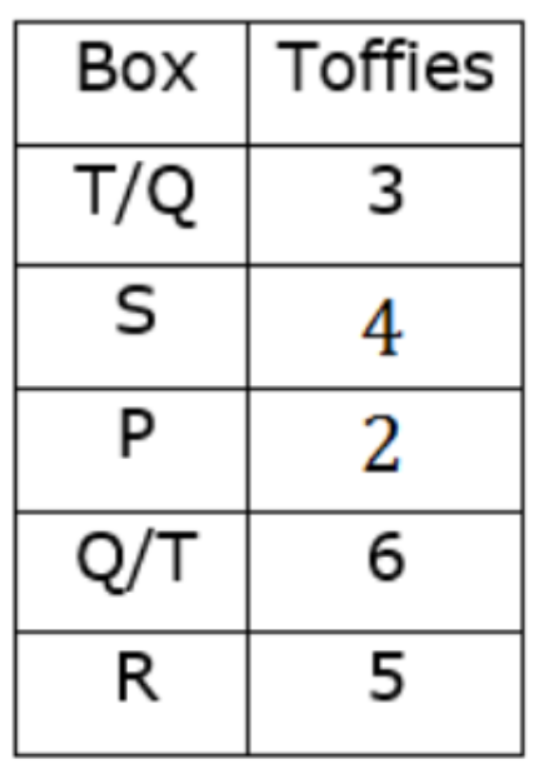 Which of the following boxes is kept immediately above box T?
Which of the following boxes is kept immediately above box T?
- I) Box P is kept third from the bottom and is kept immediately above the box which contains 6 toffees. Box S is kept three places above box R, which contains 5 toffees.
- II) The box which contains 3 toffees is kept two places above P. One box is kept between P and the one which contains 5 toffees. No two boxes which contain a prime number of toffees are kept together. Box P and S are kept together.
Practice Questions
1. In the following questions, a question is followed by some information in two statements. You have to decide which statement(s) data is sufficient to answer the question and mark your answer accordingly. Which element is third to the right of the eighth element from the left end? Statement 1: I Y 8 T R $ F X % U 2 3 ! ) C = W 2 Statement 2: 7 T G F 4 % G Y @ H I U # 8 7 D S @ H Option. A The data in both statements I and II together are necessary to answer the question B The data in statement I alone is sufficient to answer the question C The data in statement II alone is sufficient to answer the question D The data either in statement, I alone or statement II alone is sufficient to answer the question E The data in both statements I and II together are necessary to answer the question 2. Read the following statement and give your answer carefully. Eight persons are sitting around a circular table such that all of them are facing inward. Who sits third to the right of E?- E is sitting second to the right of D. Q is sitting the immediately near D.
- F is sitting opposite Q. Q is sitting second to the right of V. E is sitting to the immediate left of V.
- J is the only daughter of X who is the wife of K
- L and M are brothers of K.
- Arun did not leave for London during the weekend.
- Arun’s brother left for London on Friday two days after Arun left for London.
| Related Links | |
|---|---|
| Quadratic Equations | Number System |
| Vedic Maths | Pie Chart DI |
| Time and Work | Problem on Ages |
| Flow Chart DI | |
| Arithmetic DI | Permutation and Combination |
| Ratio and Proportion | Data Sufficiency |
Data Sufficiency FAQs
Q1. What is Data Sufficiency?
Ans. Data Sufficiency is a type of question in tests or assessments designed to evaluate if the information provided is adequate to answer a given question, without necessarily solving the problem completely.
Q2. How do Data Sufficiency questions differ from regular problem-solving questions?
Ans. Unlike regular questions that require finding a definitive answer, Data Sufficiency questions focus on determining whether the provided information is sufficient to solve the problem at hand.
Q3. What skills are tested in Data Sufficiency questions?
Ans. Data Sufficiency questions primarily test analytical reasoning skills, logical thinking, and the ability to assess and determine the adequacy of information to solve a problem.
Q4. What types of topics can Data Sufficiency questions cover?
Ans. Data Sufficiency questions can cover a wide range of topics including reasoning, quantitative aptitude, puzzles, coding-decoding, blood relations, order and ranking, directions, distances, seating arrangements, and scheduling.
Q5. How are Data Sufficiency questions structured?
Ans. Typically, a Data Sufficiency question consists of a main question followed by two or more statements. Candidates must determine if each statement alone or in combination provides enough information to answer the main question.
Q6. What strategies can help in solving Data Sufficiency questions effectively?
Ans. Effective strategies include focusing on sufficiency rather than finding the exact answer, understanding the types of information needed, and systematically evaluating each statement provided.
Q7. What are some common pitfalls to avoid when solving Data Sufficiency questions?
Ans. It's crucial to avoid making assumptions, to carefully read and understand each statement independently, and to resist the temptation to solve the problem fully rather than assessing sufficiency.
Q8. How can one improve performance on Data Sufficiency questions?
Ans. Practicing regularly with a variety of question types, understanding the underlying concepts in different topics, and honing analytical skills are key to improving performance in Data Sufficiency.
Q9. Are there specific techniques for handling different types of Data Sufficiency questions (e.g., seating arrangement vs. coding-decoding)?
Ans. Yes, understanding the specific requirements of each question type (like recognizing patterns in coding-decoding or visualizing seating arrangements) helps in applying appropriate strategies to determine sufficiency.
Free Learning Resources
PW Books
Notes (Class 10-12)
PW Study Materials
Notes (Class 6-9)
Ncert Solutions
Govt Exams
Class 6th to 12th Online Courses
Govt Job Exams Courses
UPSC Coaching
Defence Exam Coaching
Gate Exam Coaching
Other Exams
Know about Physics Wallah
Physics Wallah is an Indian edtech platform that provides accessible & comprehensive learning experiences to students from Class 6th to postgraduate level. We also provide extensive NCERT solutions, sample paper, NEET, JEE Mains, BITSAT previous year papers & more such resources to students. Physics Wallah also caters to over 3.5 million registered students and over 78 lakh+ Youtube subscribers with 4.8 rating on its app.
We Stand Out because
We provide students with intensive courses with India’s qualified & experienced faculties & mentors. PW strives to make the learning experience comprehensive and accessible for students of all sections of society. We believe in empowering every single student who couldn't dream of a good career in engineering and medical field earlier.
Our Key Focus Areas
Physics Wallah's main focus is to make the learning experience as economical as possible for all students. With our affordable courses like Lakshya, Udaan and Arjuna and many others, we have been able to provide a platform for lakhs of aspirants. From providing Chemistry, Maths, Physics formula to giving e-books of eminent authors like RD Sharma, RS Aggarwal and Lakhmir Singh, PW focuses on every single student's need for preparation.
What Makes Us Different
Physics Wallah strives to develop a comprehensive pedagogical structure for students, where they get a state-of-the-art learning experience with study material and resources. Apart from catering students preparing for JEE Mains and NEET, PW also provides study material for each state board like Uttar Pradesh, Bihar, and others
Copyright © 2025 Physicswallah Limited All rights reserved.




